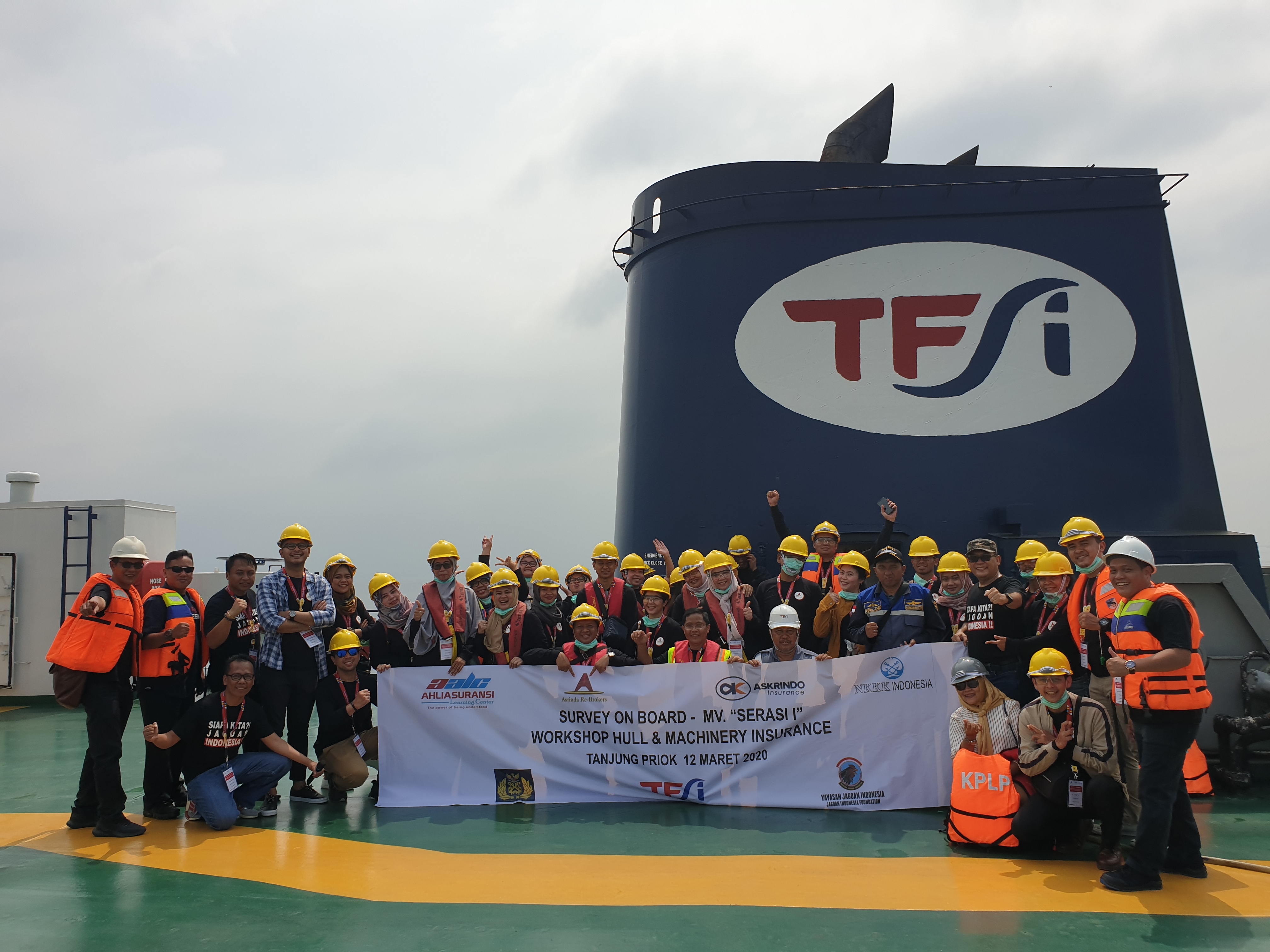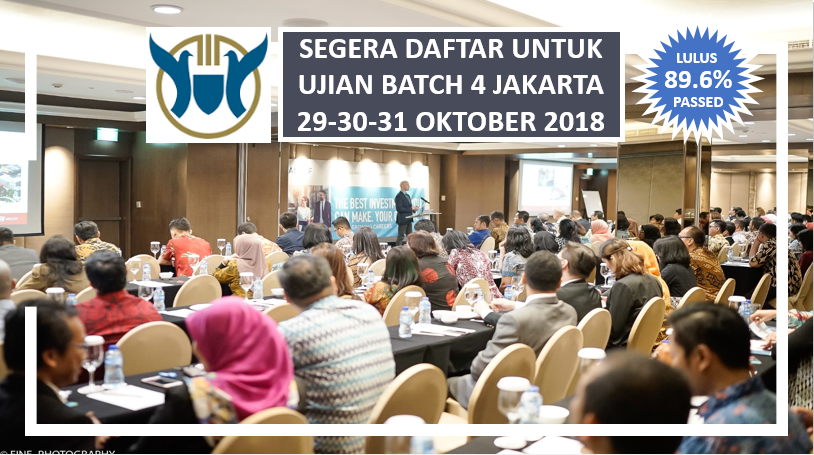Debris of Removal / Clearance of Debris (EAR Munich RE)
- Monday, December 19, 2016, 13:57
- D-Clauses
- Add a comment
In the past, the question of the insurer’s liability for the costs involved in clearance of debris has caused repeated difficulties.
Is the cost of removal of wrecked material or clearance from the site of flood debris, mud, etc to be regarded as part of the cost of remedying the material darnaqe or are these expenses covered under the item “c1earance of debris” only? If undamaged parts of a structure have been covered by debris, is this to be regarded as material damage? Is the clearance of the site only indemnifiable if it is a result of indemnifiable material damage?
To answer these questions we must look at the meaning of the word “debris” :
remains of anything broken down or destroyed; fragments, rubbish;
any material, including floating trash,
suspended sediment or bed load moved by a flowing stream; drifted accumulation.
In the first place, therefore, debris consists of the various parts of a collapsed structure. I n the second place, debris includes parts of the structure which are sound but which have to be demolished to allow rebuilding to commence.
Material not originating from the collapsed or demolished structure (sand, rubble, detritus, silt, etc) is also debris, regardless of whether such material was scoured on the site itself or washed in from the surrounding terrain.
This definition of the term “debris” shows that any expenses for the removal of fragments of a collapsed or demolished structure and cleaning of the site are indernnifiable under the item “clearance of debris”. This is in line with the intention of EAR insurance, as this is designed only to cover material damage to the insured contract works. The silting up of the construction site, even if the silt prevents the work from being continued, does not constitute material damage: there is no physical damage to the items insured that would necessitate repair operations. Similarly, the clearance of debris after material damage has occurred does not constitute part of the reconstruction of the contract works. Undoubtedly it is necessary in many cases to clear a site before recommencing construction, but such costs are not costs of remedying the actual material damage. This is clearly shown in the wording of the Policy, which states that such costs will only be indemnified if a separate limit of liability for them has been stipulated in the Schedule. Accordingly an unlimited cover of clearance of debris is not possible.
It goes without saying that only those costs for clearance of debris are indemnifiable which are necessary to enable the contract works to be continued or completed. Furthermore, payment will of course only be made for such clearance if the debris was the result of an occurrence indemnifiable under the EAR policy and if all the other conditions of the Policy have been complied with.
To summarize, only if a separate sum for clearance of debris is stated in the Schedule will the Insured be indemnified for these costs, which are not recoverable as cost of remedying material damage. A limit for the clearance of debris is necessary due to the structure of the EAR policy, which differentiates strictly between the costs for remedying material damage to the contract works and the expenses for clearance of debris.
Contractors should be informed of these facts when they apply for EAR insurance. The sum allowed for clearance of debris should not be too low, since in some cases the expenses involved may be quite substantial.
About the Author
Write a Comment
Gravatars are small images that can show your personality. You can get your gravatar for free today!




